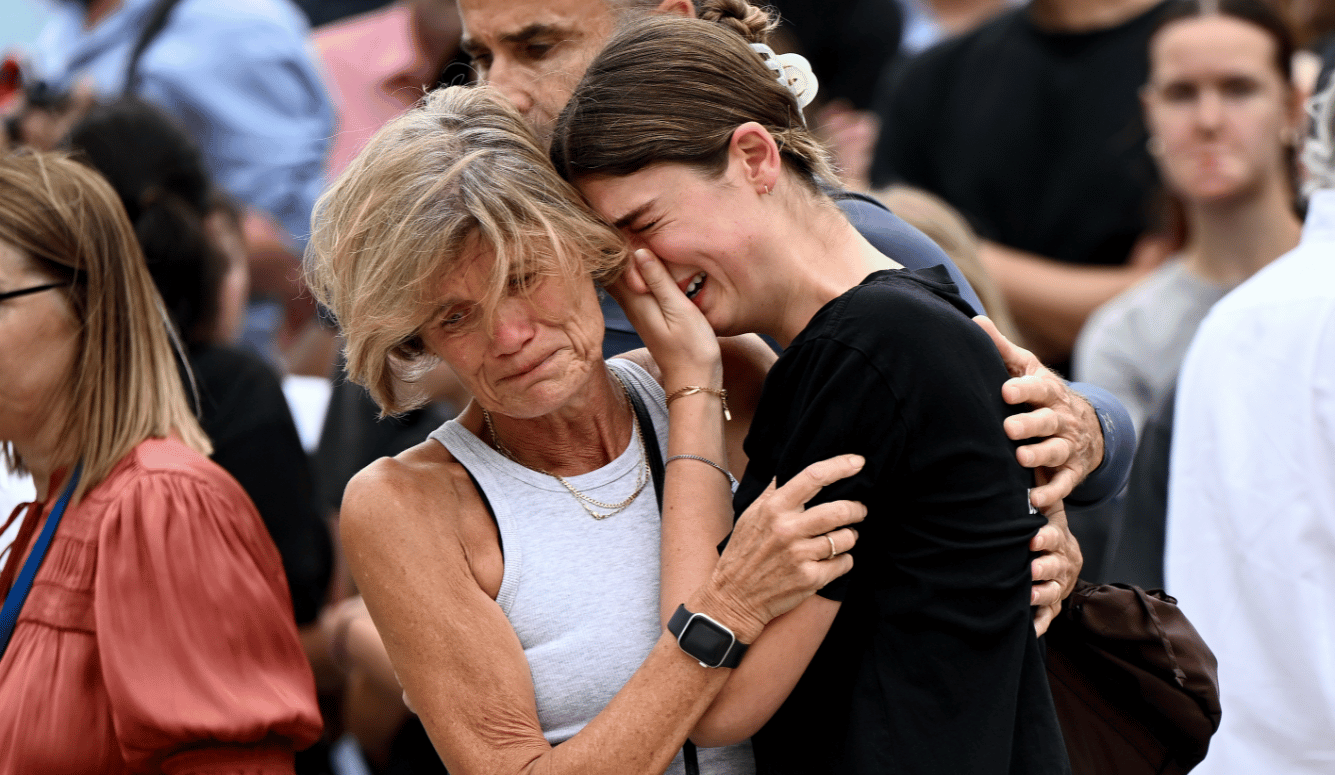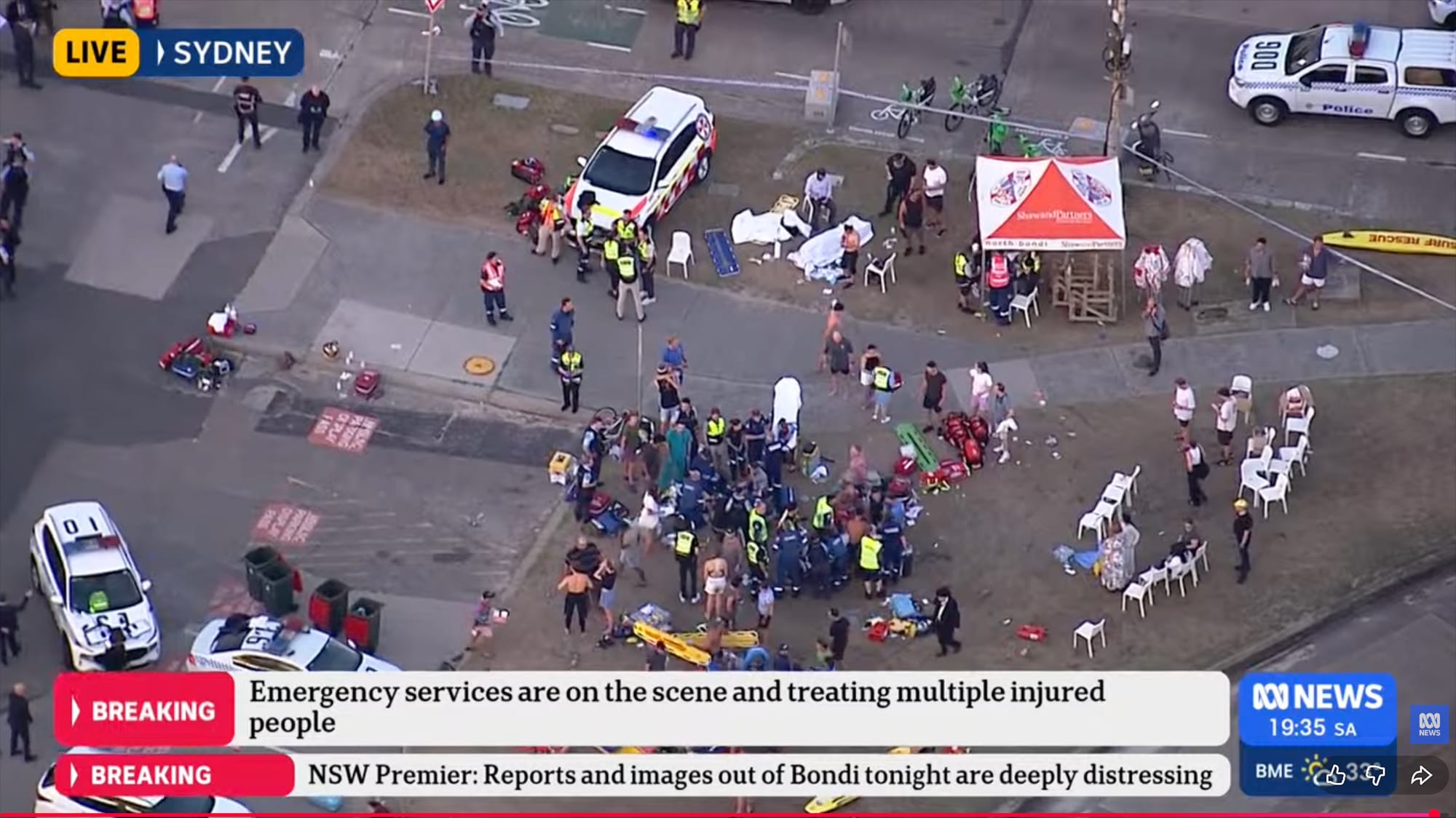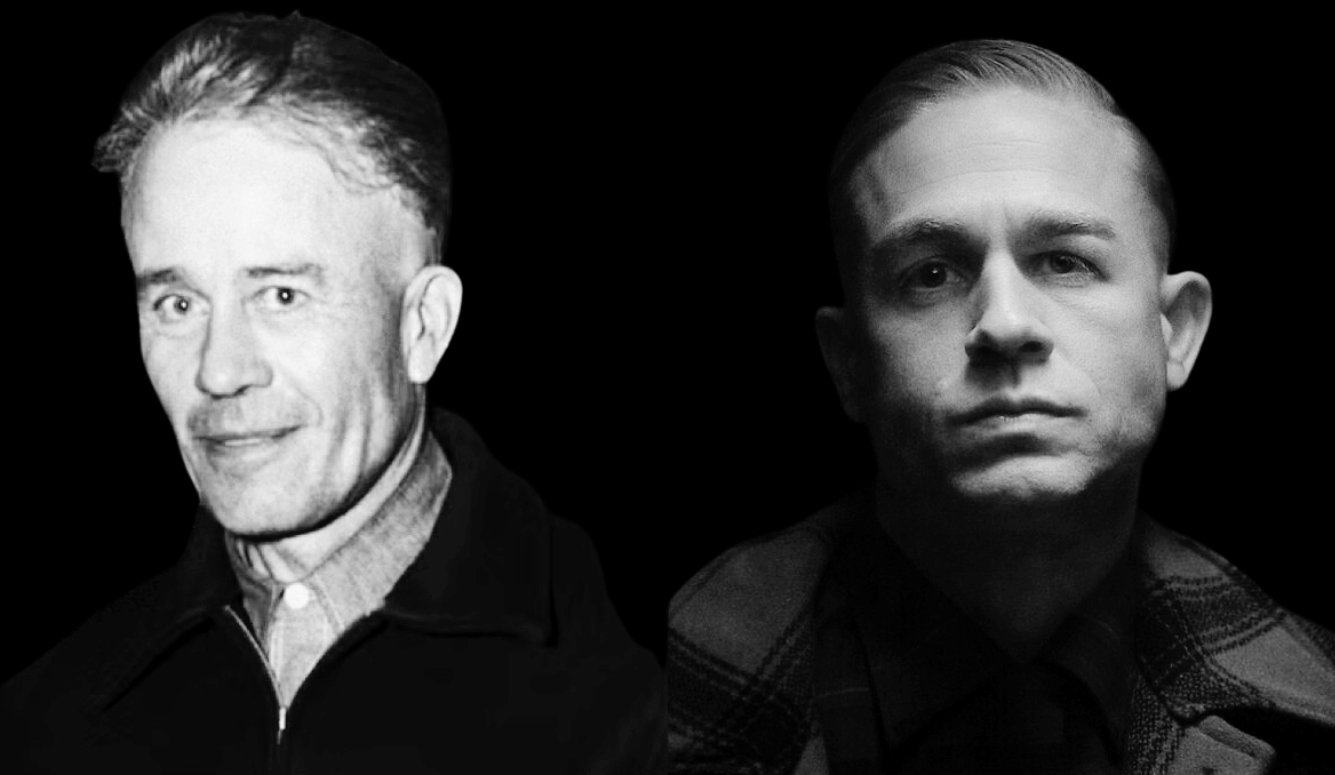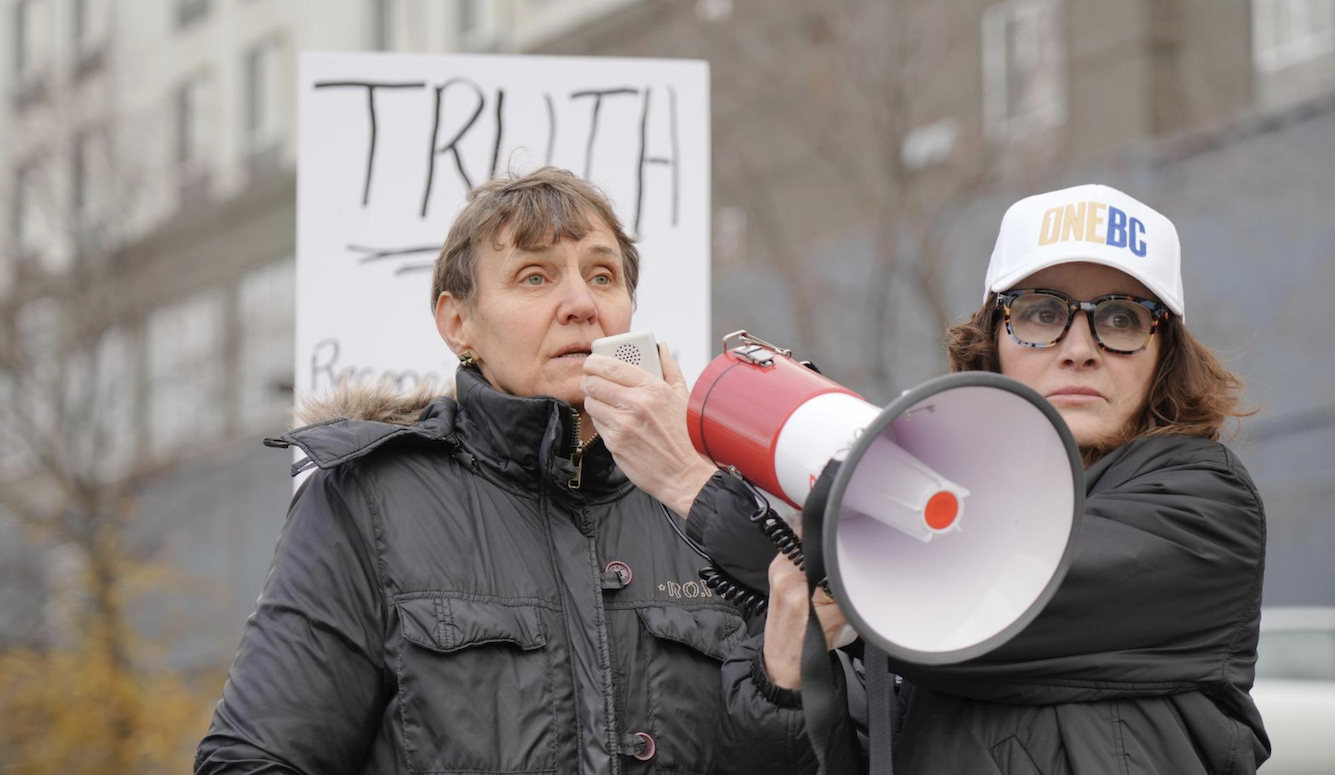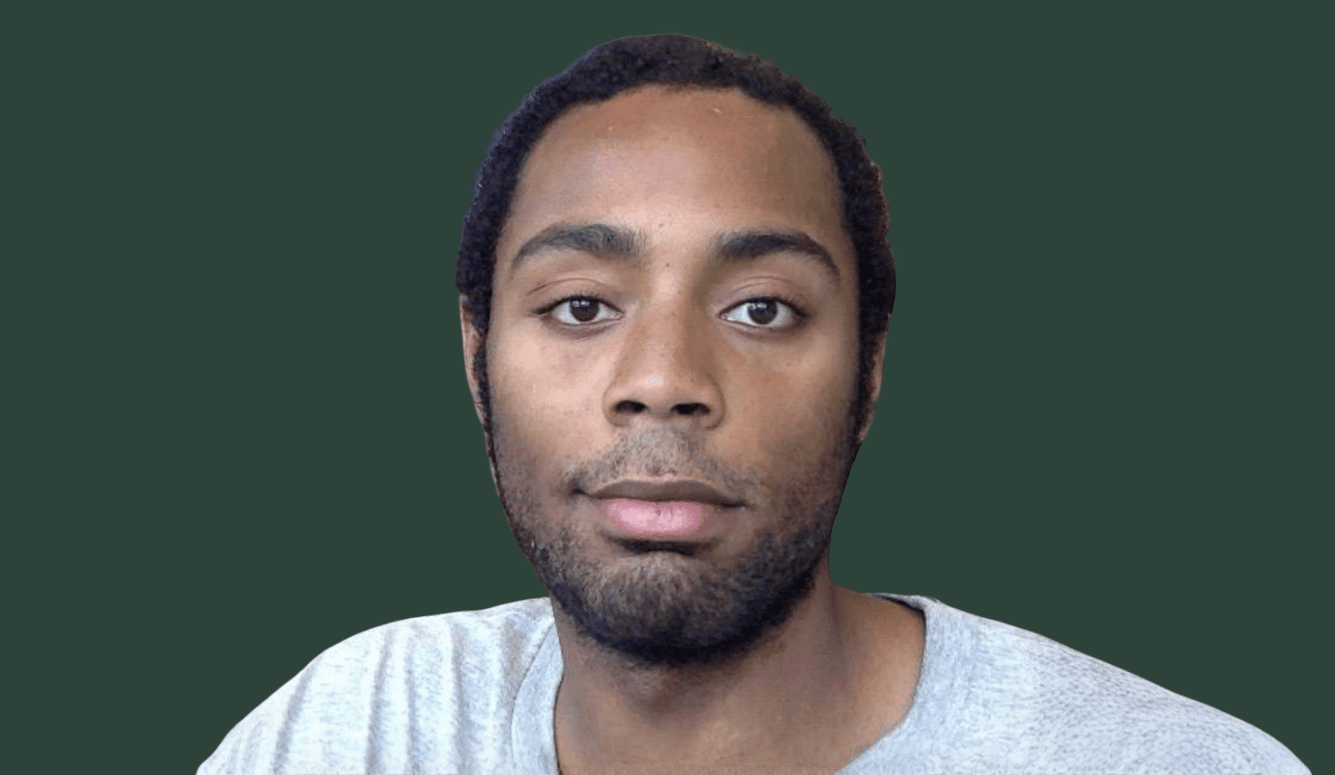TV
What Adolescence Gets Wrong
Adolescence is a moving work of art but a misleading representation of the challenges facing British boys.
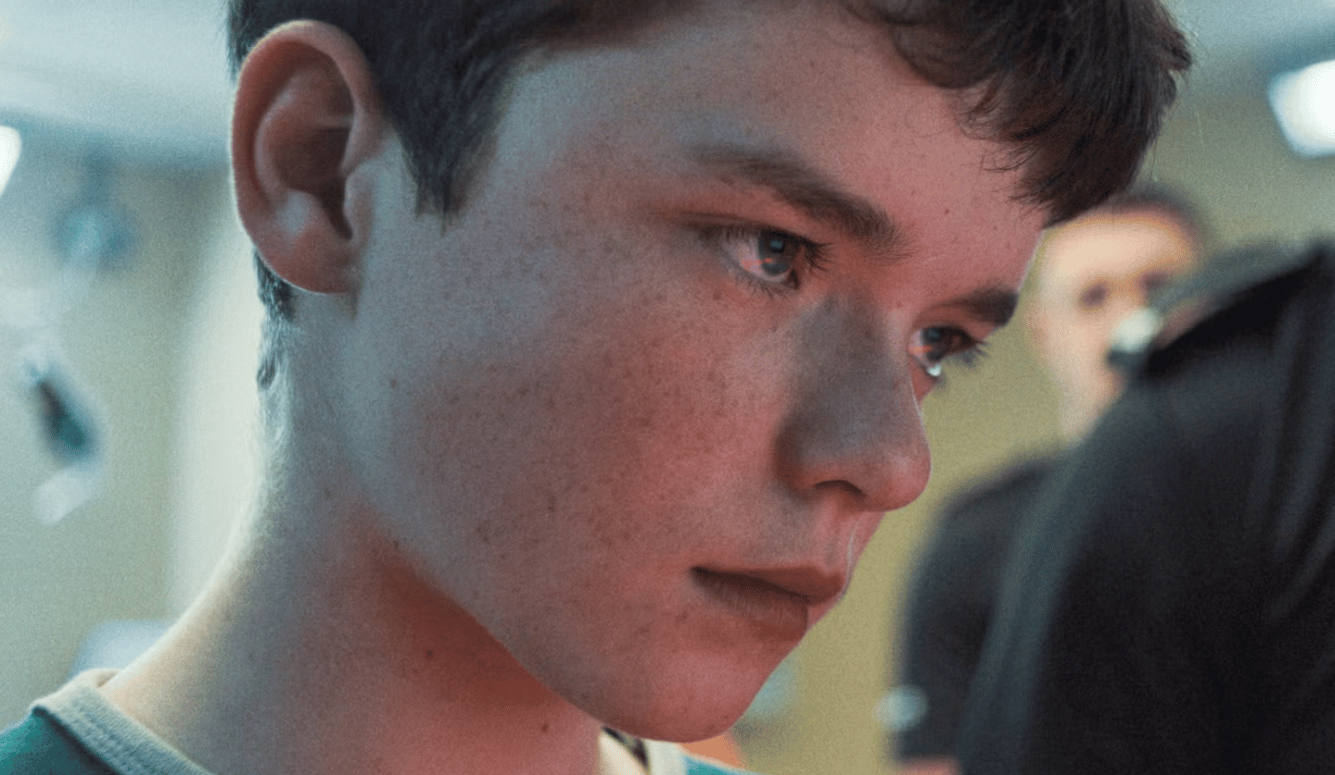
Alek Minassian was an awkward kid in my high school. He’d meow at students in the cafeteria and could never look a woman in the eye. “I’m afraid of girls,” he often declared unprompted in a high-pitched childish voice. Most students thought it was a weird verbal tick.
He was odder than the typical teenager at Thornlea Secondary School, a brutalist sixties creation whose forbidding architecture—rumour had it—had been designed to reduce distractions by cutting pupils off from fresh air, sunlight and other stimuli of the outside world. Windows were a luxury reserved for classes in a newly-built wing from whence you could glimpse the onyx-grey skies over Toronto.
Minassian ran away from girls down our dimly lit corridors. I thought he had a learning or developmental disability, but he seemed harmless. My friends and I never felt physically threatened by him. After we graduated, we filed his name into some remote part of our psychological archives.
But one sunny April day in 2018, he resurfaced. Minassian put out a cryptic Facebook message proclaiming, “The Incel Rebellion has already begun,” rented a van and mowed down innocent pedestrians on a busy Toronto street, killing eleven people. When he could no longer see through the windshield, he ditched the car. Cops cornered him in front of a glassy new high-rise as he repeatedly reached for his pockets, flashing what looked like a gun.
He wanted to be killed by the police, but it didn’t work. He was arrested, tried, and sentenced to life in prison.
Minassian’s violence illuminated a bizarre digital community most parents, principals, and politicians had never heard of. Involuntary celibates, or incels, congregated on digital forums like Reddit and 4chan where they rued their status at the base of the modern pyramid of sexual relations.
According to the incel worldview, the dynamics of the mating marketplace are set by “Stacys,” attractive popular girls, and “Chads,” the Chris Hemsworth-like minority of men women are attracted to. Average-looking folks—“normies” and “betas”—occupy the middling rungs. At the very bottom are incels, guys whom no woman would sink so low as to partner with.
There’s no point in living, many incels believe. They take the “black pill” accepting the hopelessness of their existence. In rare cases, this despair leads to violence, as with Minassian.
The most popular Netflix show in the world today is about a teenage boy who kills a young girl after she spurns his advances and cyberbullies him. He stabs her to death in a parking lot and heads home to bed. A swat team breaks down his door the next morning.
“Look at me now!” the boy shouts during one powerful moment in episode three, standing menacingly over his seated female interrogator, veins pulsing. “You do not control what I do in my life!”
The series has led to fevered conversations across the United Kingdom in both political and media circles. Prime Minister Keir Starmer invited the creators to 10 Downing Street and has called for screenings of Adolescence to be held in all schools.
Conservative opposition leader Kemi Badenoch has been criticised for not watching the series. The Metropolitan Police issued a statement. Parents are sitting down to speak to their children about it. Teachers are raising alarm about clubs dedicated to the fandom of Andrew Tate, an outspokenly misogynistic influencer who has been charged with rape and sex trafficking.
On both sides of the Atlantic, people have been expressing dismay about the crisis among boys that Adolescence supposedly depicts and the urgent need to protect girls and women from incel violence. Fathers should hug their sons more, we are told; boys need a manosphere inoculation; more male teachers might help; we must challenge the unholy alliance between conservatism and misogyny; we must learn to recognise the warning signs of inceldom.
William Costello, a leading researcher on incels, is sceptical that we are in the midst of a crisis. Costello recently co-authored what he describes as the “biggest study of incels in the world,” which highlights important discrepancies between the show’s depiction of incels versus what we know about them from research. In contrast to the show’s portrayal, incels are ethnically diverse (42 percent identify as people of colour), are over-represented on the autism spectrum (30 percent), and often subscribe to centrist or left-leaning political values (63 percent).
“There is no epidemic of manosphere-inspired violence among young people in the UK or anywhere. So, it just simply isn’t an epidemic on that level,” Costello told Quillette in a recent podcast, warning that “policy decisions on any topic should be based on sober research rather than a really highly emotive piece of performance art, no matter how powerful that piece of performance art is.”
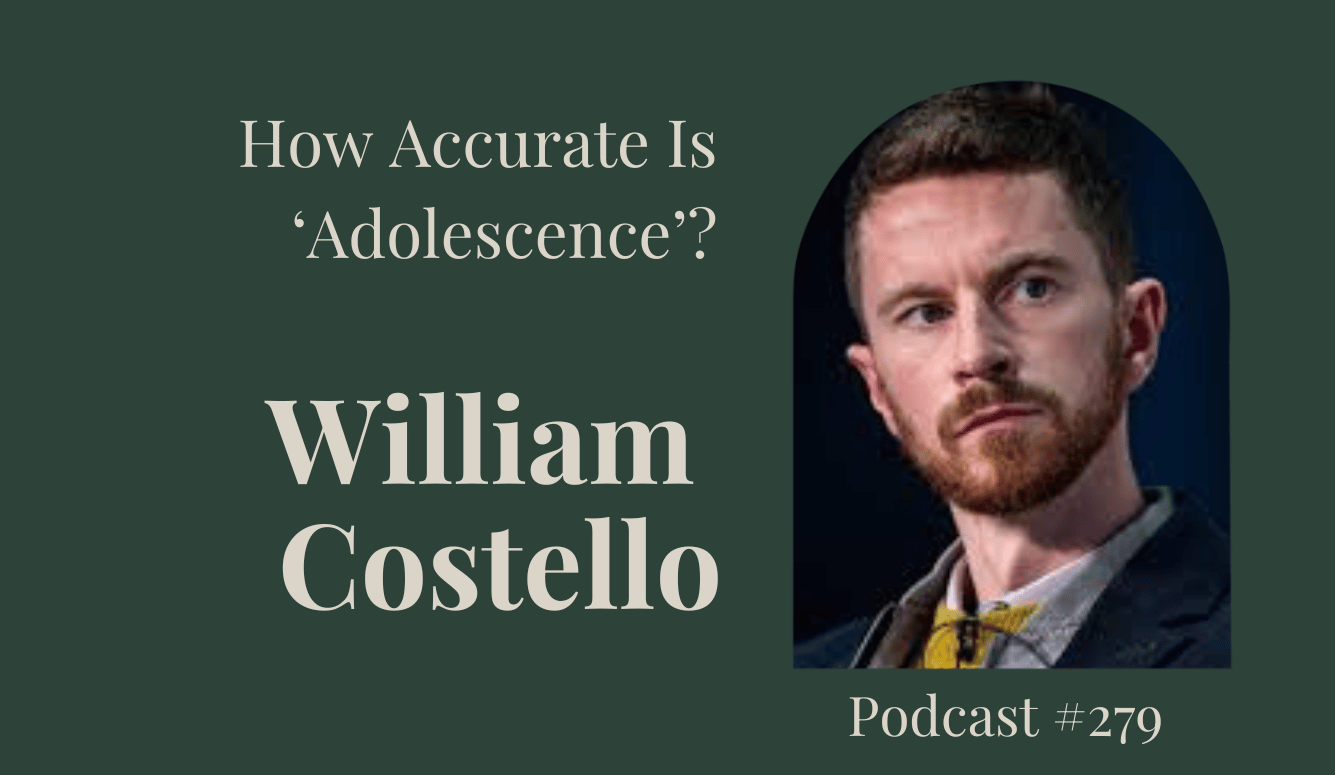
Most discussions of the challenges facing boys are distorted by political narratives crafted around crude stereotypes. Liberals tend to focus on the need to radically reform masculinity: to encourage men to be vulnerable, go to therapy, cry. Conservatives often insist that men simply need to toughen up.
“There’s still a tendency to have a one-dimensional view … that men’s mental health issues stem from men being stubborn and not willing to talk about their lives and therefore it’s their fault,” psychiatry professor Robert Whitley told me, [that]
we need to have more programs that make them start crying more and opening up and being with their emotions. The research doesn’t really show that … [this narrative] shames and blames men and will further deter them from using services or from taking psychology seriously. I’m opposed to that narrative. In psychology, men are sometimes framed as defective women. They need to look like women who could cry and talk a lot about their emotions, who are apparently more in touch with their feelings. But the data doesn’t show that.
A landmark report about the state of young men, “Lost Boys,” was released just days before Adolescence and has received much less attention than the Netflix drama. Published by the Centre for Social Justice, a centre-right think-tank, it painstakingly lays out the pressing issues many British boys face in six broad areas: employment, education, families, crime, health, and digital addictions.
Women are beginning to outearn their male peers, as men are dropping out of both school and work at higher rates than women. Fatherlessness is also on the rise. Whereas barely a fifth of teenagers born in 1970 didn’t live with both parents, today that figure is nearly half. The absence of fathers is associated with a constellation of negative outcomes for boys: worse mental health, poor grades, increased likelihood of ending up in prison. Girls appear to be less susceptible to the negative effects of missing fathers.
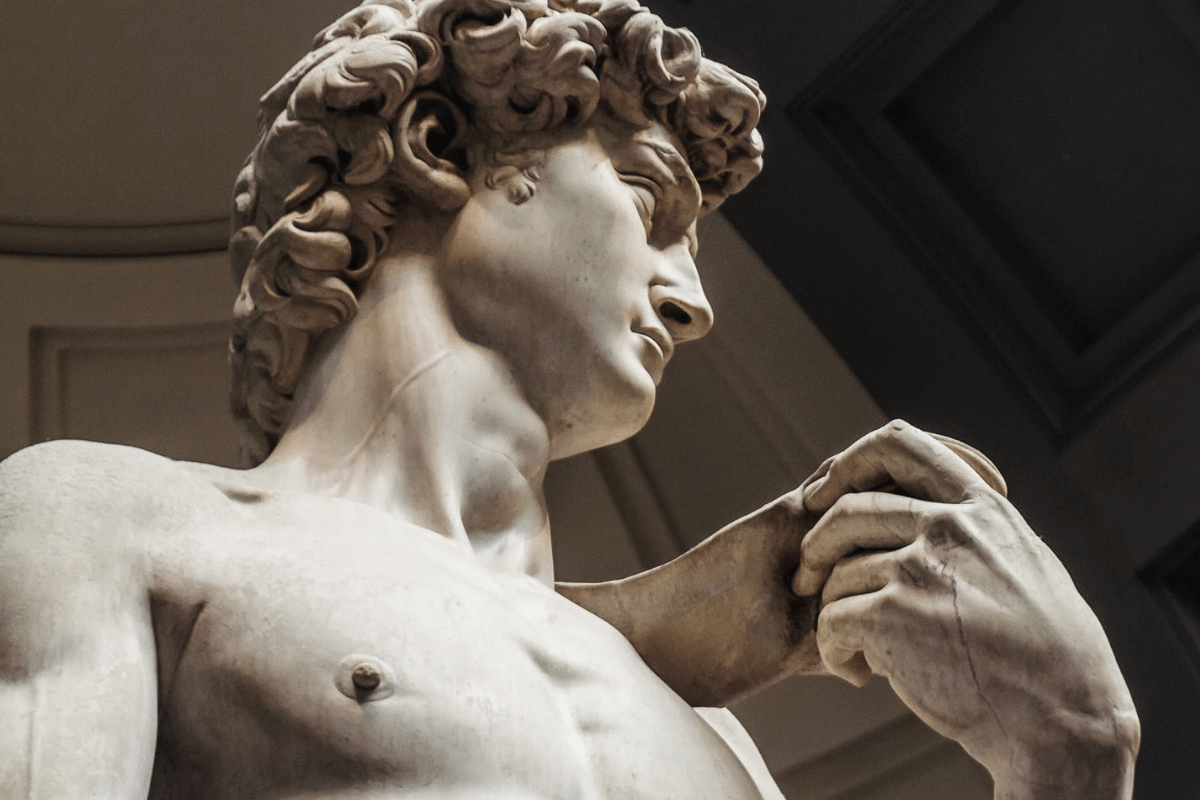
“It’s not just about Andrew Tate or online influencers; they are the symptoms, not the cause,” according to the report. “The deeper truth is that too many boys are growing up without the guidance, discipline, and purpose they need to thrive.”
📹WATCH: Our report, #LostBoys, drew on the real lives of young people in Britain.
— The Centre for Social Justice (@csjthinktank) April 1, 2025
Connor moved to Blackpool, aged 7, with his single-parent family. It was thanks to Alliance charity @TheBHYC that he found his confidence⛵️
We want this for all boys:https://t.co/7bHmHLm36O pic.twitter.com/JkJj9dMOrP
Another recent report, “Boys Will Be Boys,” explores the issue of academic stagnation and underscores the importance of advocating for boys who are underperforming in schools. Co-author Mark Brooks, a researcher with the All-Party Parliamentary Group (APPG) on Men’s and Boy’s Issues, worries that the obsession with Adolescence is a step in the wrong direction.
“It will be of utmost importance to understand what teenage boys think about the portrayal of them and their problems,” he told me. “Their voices have been unheard. There is no point trying to encourage more young men to talk about the problems they have if we are not keeping our eyes open and not responding positively and with love and support when they do come forward.”
Brooks argues that “the majority of young men think Andrew Tate is an idiot and do not take any notice of him.” He finds references to toxic masculinity—a term many view as demonising men—“extremely damaging.”
Psychiatrist Alok Kanojia, whose YouTube channel encourages healthier outlets for masculinity, told me that he believes that “increasingly addictive technology” is one of the major factors holding boys back. “We need to teach our children how to develop healthy relationships with technology,” he told me.
Most importantly, what we need is a positive vision of masculinity. “Strength, resilience, responsibility—these are not traits to be suppressed but harnessed for good,” the foreword of the “Lost Boys” report explains.
Amid continued fears of the “old boys’ club”—a mechanism that allows men to discriminate against women by excluding them from powerful social circles where important political and hiring decisions are made—we have eliminated many of the more modest communal spaces where boys and men once met.
The Young Men’s Christian Association (YMCA) ditched its focus on men in the late seventies “and now focuses on the wellbeing of children, young people and the wider community,” as researcher Richard Reeves has pointed out. “By contrast, the YWCA mission retains a focus on ‘empowering women.’” The Boys Clubs of America welcomed girls in 1990. According to Reeves, there are just three men’s colleges in the United States compared to over two dozen for women.
“Overall, the trend has been for male organizations to become co-ed, even as female ones remain single-sex, or at least keep their specific mission to serve girls and women. In many companies and organizations, there will be women’s networks or groups but not equivalents for men,” Reeves explains. Adolescence risks intensifying fears of toxic masculinity, while bringing us no closer to actually helping young boys.
In the final episode, the boy’s parents come to terms with their son’s guilt and ask what they could have done better. His father spends the closing moments of the show in his son’s room. His gaze sweeps the room, taking in the computer, the books, and the bed. Perhaps he’s looking for warning signs that he should have noticed. He collapses on his son’s bed, crying into the boy’s pillow. “I’m sorry, son,” he says, kissing the head of a teddy bear he’s tucked into bed. “I should’ve done better.”
But the mournful tone is misplaced. The man was a good father. And in any case, there is overwhelming evidence to suggest that—absent serious abuse—it is genetics, not parenting that plays the major role in how a child turns out. The likelihood, in either case, that a boy from a stable middle-class home with loving parents will become a killer is vanishingly small. Adolescence is a gripping story, beautifully told. But if we really want to help boys, we need to begin with a more realistic sense of what their challenges actually are.

